Me in my studio: Heinali
Oleg Shpudeiko shows you the gear he uses for his “electroacoustic improvisation”
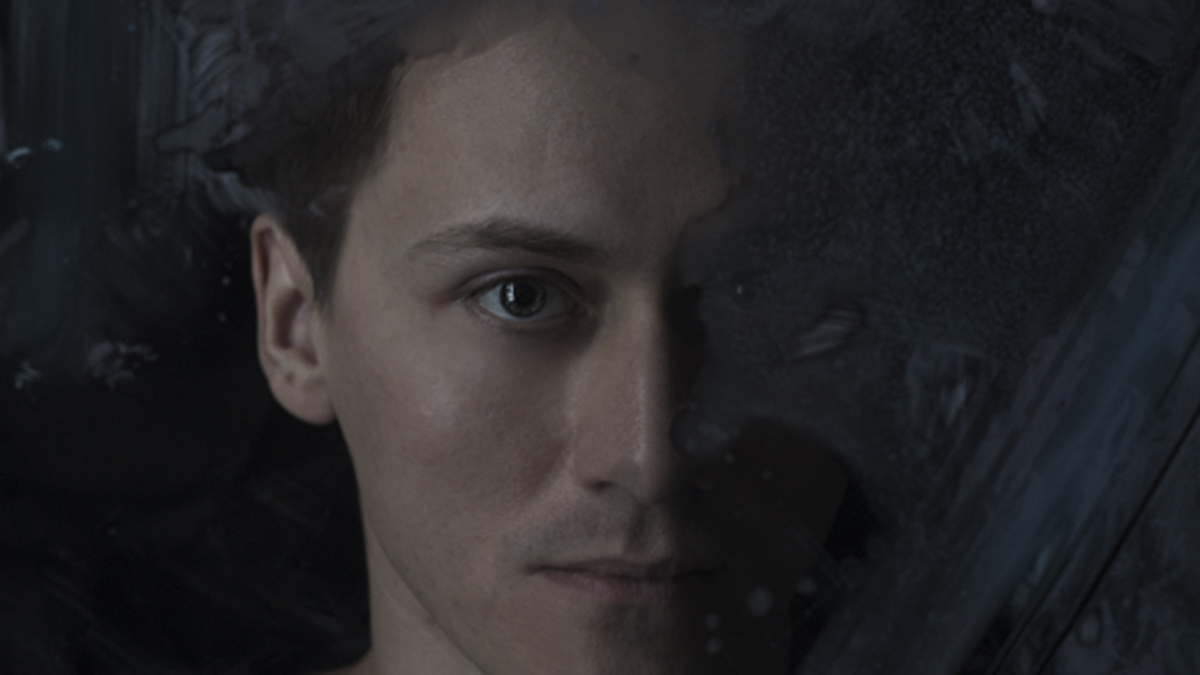
Welcome
Hailing from Kiev, Ukraine, Oleg Shpudeiko is a self-taught composer and sound designer who’s worked on a range of film, TV and videogame soundtracks and is currently operating under the Heinali monicker.
He’s just released Anthem, a new brooding and atmospheric solo LP that’s full of rich textures and cinematic soundscapes.
We asked Shpudeiko to show us the apartment studio that Anthem was produced in, and the gear contained within it.
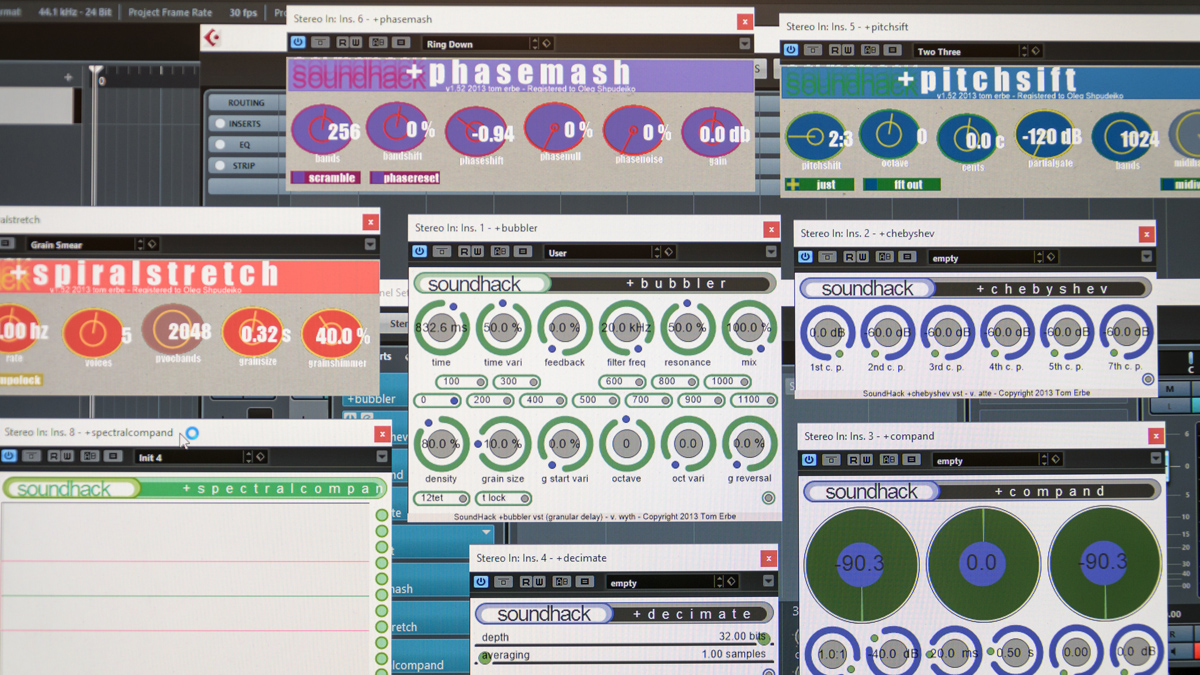
Soundhack
“Obviously, this is not hardware. Well, a laptop is hardware, so here's one of the best software plugins I've ever used: Soundhack by Tom Erbe. Love it! It's powerful, easy to use and inspiring. I used it extensively when I composed music for Bound, for piano processing and ambient loops. Some of my compositions, like Anthem, are entirely built with these effects.
“I discovered Soundhack a long time ago, when I read an interview with Stephan Mathieu, where he mentioned the older version of this software (which is still available today, if you have a Mac). I still keep finding new ways of using this stuff.”
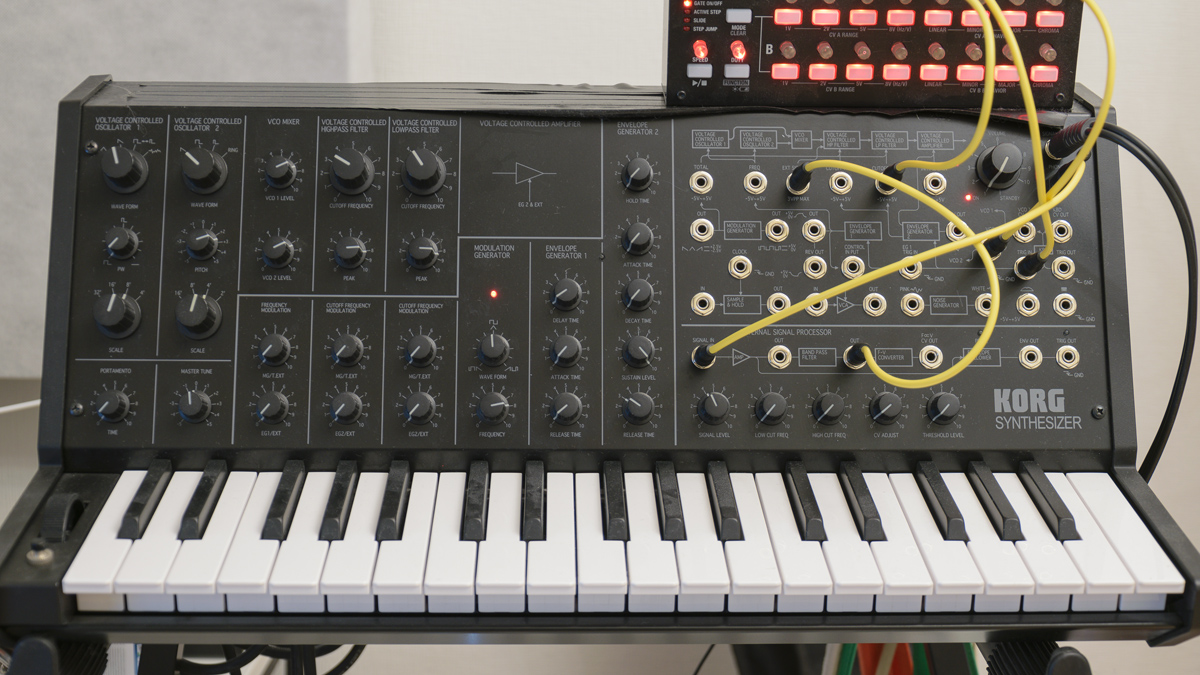
Korg MS-20 mini
“My first 'real synth'. Well, I had Volca Keys before and even recorded a couple of compositions with it (Anthracite from the Anthem LP). But the MS-20 mini completely changed the way I work. Over the course of one year I went from in-the-box laptop production and performance to a hardware-based setup with MS-20 and pedal effects chain and concentrated on developing a specific technique of electroacoustic improvisation which I still explore (well, there were a lot of other influences like Feldman and Rothko and his colour field technique).
“My live performances changed from Ableton-based playing of pre-recorded compositions with some amount of improvisation to free improvisation with the synth and pedal effects chain. It's quite interesting, because I never thought before that a piece of hardware could have such a strong transformational influence both on my work process and my way of thinking.”
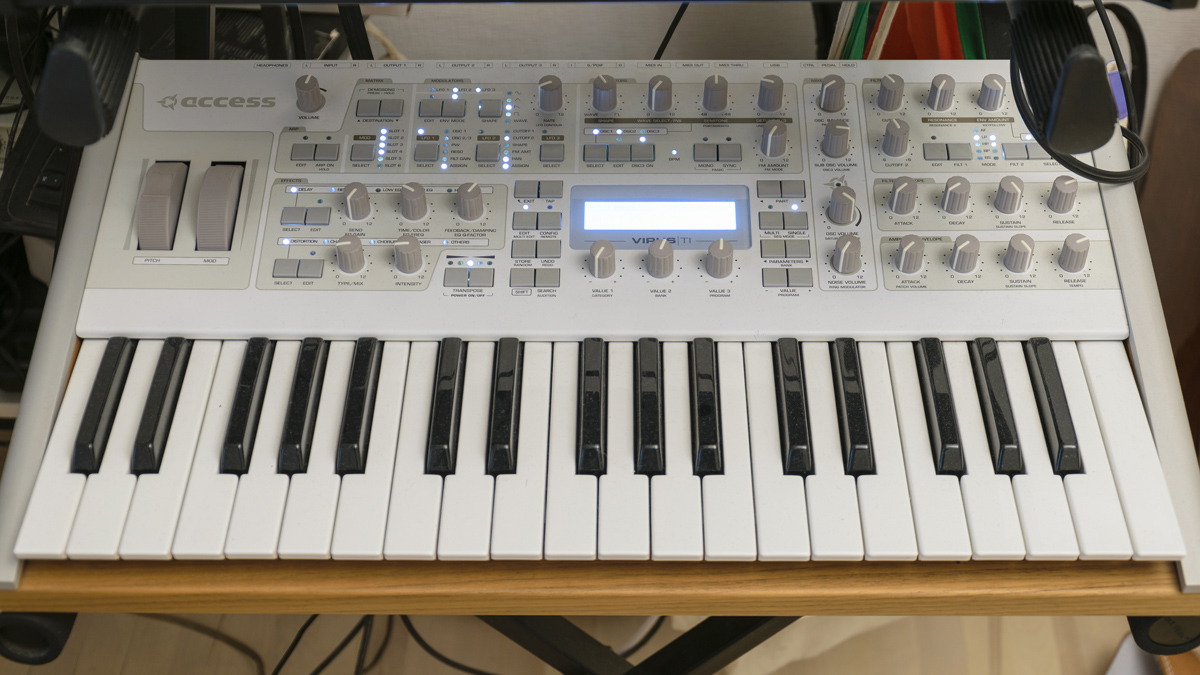
Virus TI2 Snow
“Something happened to it and now it works only if it wants to. I couldn't find any technician here in Ukraine who could fix it, so currently I'm in a complicated relationship with it. When it feels like it's up to doing some work, we record stuff. On other days, it just collecting dust quietly. Probably got possessed by a cat demon or something. But what a fantastic machine!”
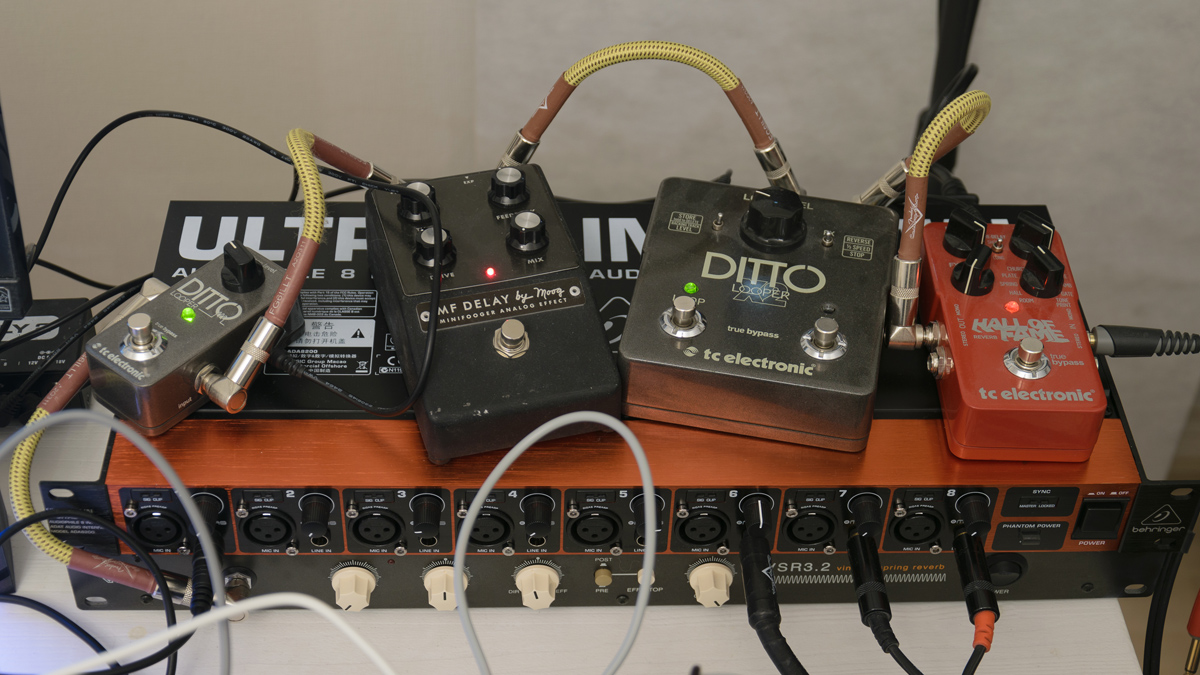
Pedal effects chain
“TC Hall of Fame Reverb to TC Ditto x2 Looper to Moog MF Delay to TC Ditto Looper. I also had a Moog MF Drive at the end, but it broke down, unfortunately (during the live show, of course), and I’m currently waiting for a replacement.
“The whole chain works as a looping machine. I use both loopers to create lots of layers of synthesized tones, resulting in a sound sculpture (or drone, if you prefer) with a complex spectrum and reverb with delay function as tone-shaping tools.
“MF Drive is used to add harmonics to the sound sculpture. Well, not just harmonics; sometimes it will bring it alive and make it physically present. Magic.”
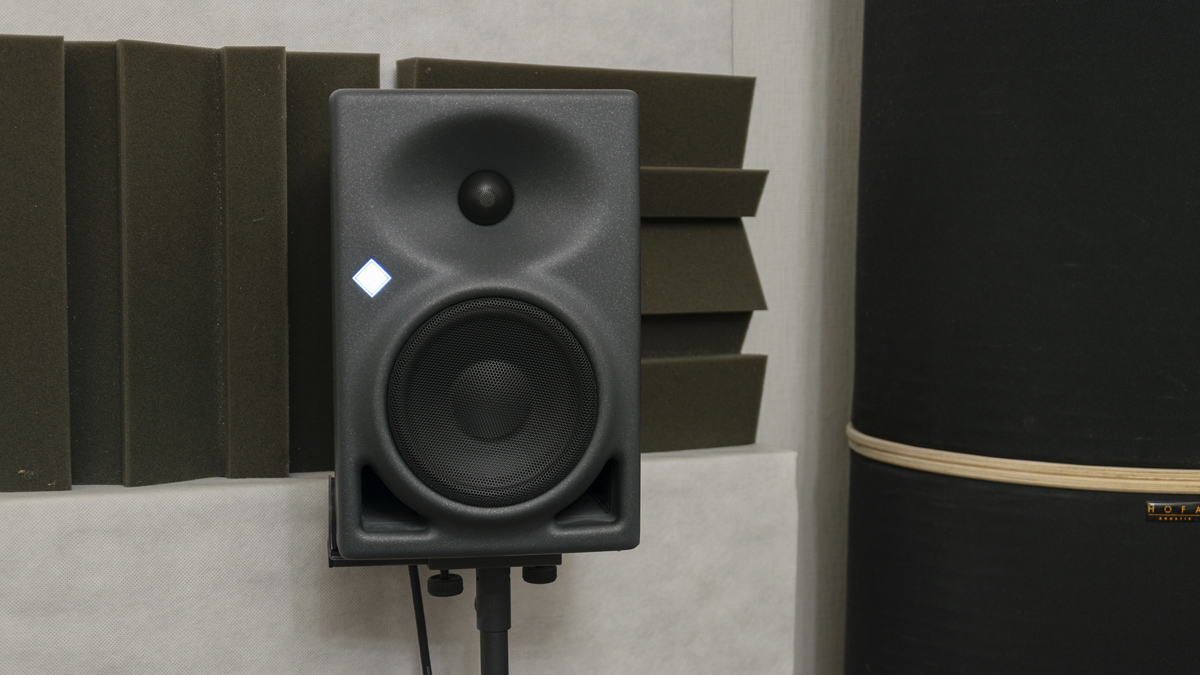
Neumann KH 120
“Clear and detailed, they have a surprising amount of low end in comparison with other 5-inch monitors. I switched to them after 10 years with Roland DS7s - it was painful to say goodbye but worth it.”
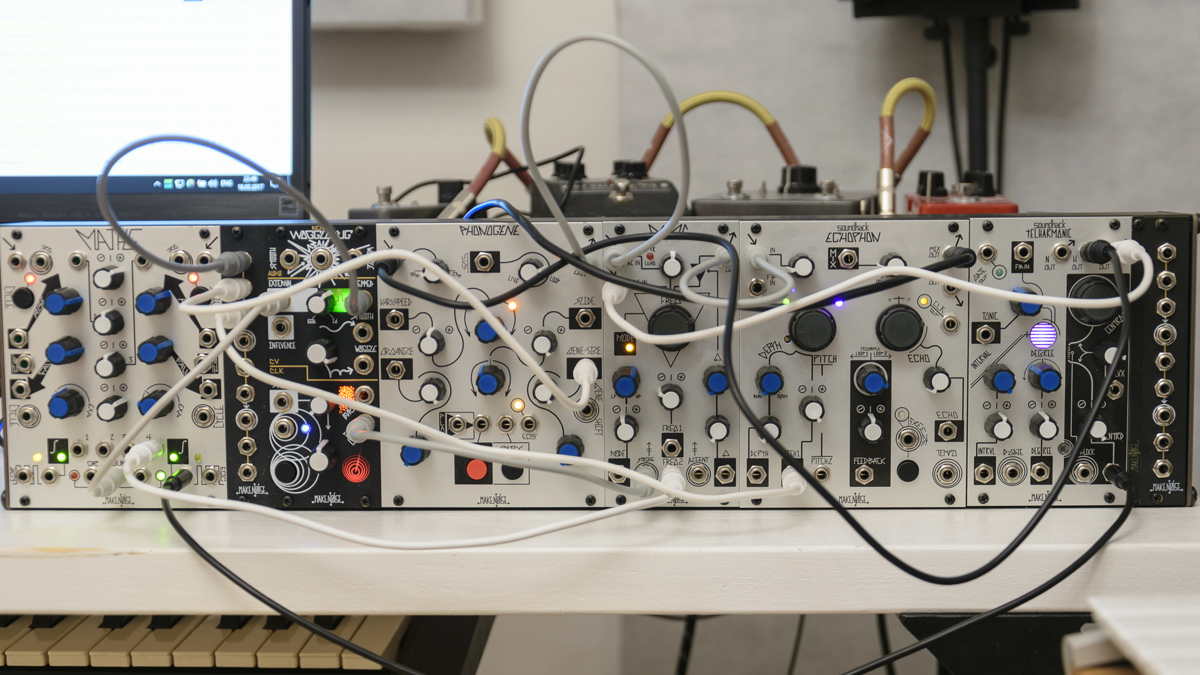
Modular synth
“I'm assembling a modular synth mostly based on the Make Noise modules. The first row is basically the System Concrete + Telharmonic. I find their approach very interesting and thoughtful; the way they engage in conversation with the history of electroacoustic music in their module design is fantastic. Cahill's Telharmonium in Telharmonic design; Schaeffers's and Poulline's designs in Phonogene and Morphagene; Tenney's Noise Study and For Ann (rising) compositions as inspirations for voice algorithms.
“The other reason for my interest is their close collaboration with Tom Erbe, author of the Soundhack software I already mentioned. Currently I’m spending an unhealthy amount of time with it and I hope I’ll manage to put together a system both for live improvisation and studio work before I die.”

I’m the Deputy Editor of MusicRadar, having worked on the site since its launch in 2007. I previously spent eight years working on our sister magazine, Computer Music. I’ve been playing the piano, gigging in bands and failing to finish tracks at home for more than 30 years, 24 of which I’ve also spent writing about music and the ever-changing technology used to make it.